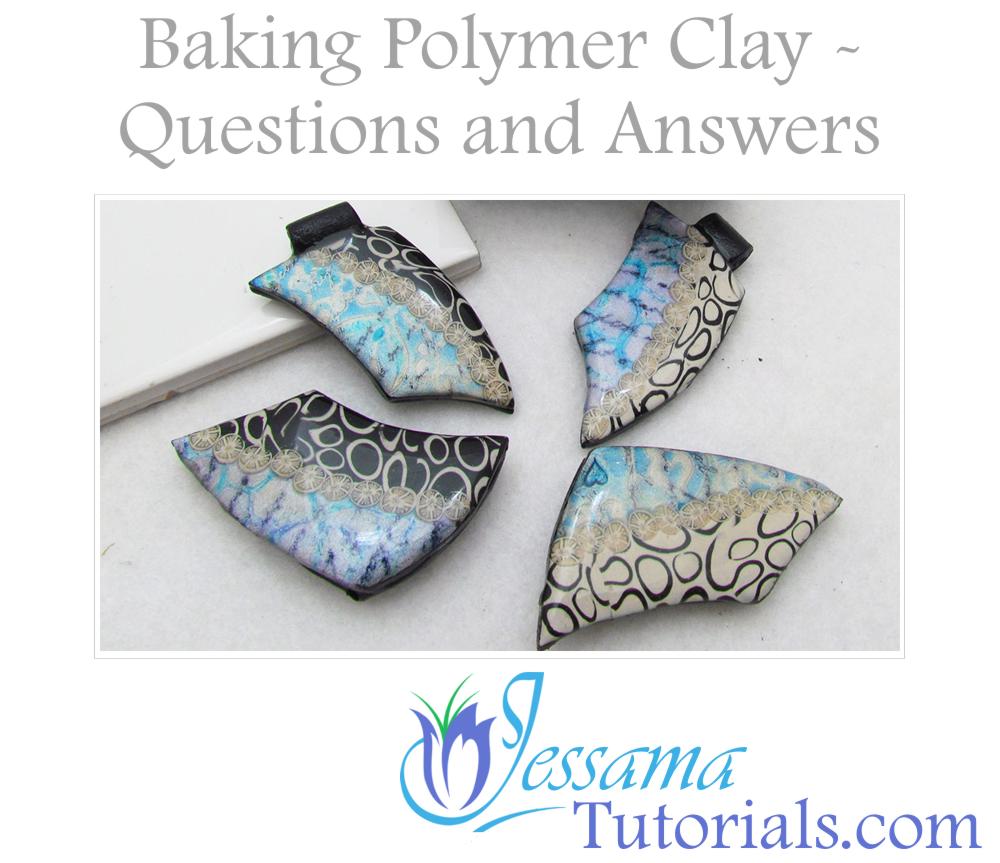

If you don’t follow any of these polymer clay tips for beginners, make sure you follow this one. Learn more, including which sealers to trust, in Do You Have to Seal Polymer Clay?ĭo you want to check out other clear-coat options besides varnish? Read my article comparing the various glazes, sealers, varnishes, resins, and clear-coats. And putting varnish over acrylic paint can cause even more stickiness issues. But be aware that some varnishes may never fully dry on some brands of polymer clay. They come in gloss, satin, and matte finishes. Many people like to use the acrylic varnishes that are sold to protect fine art paintings. You can use most water-based varnishes to seal your polymer clay. Depending on your desired result, you might want to make a bead more glossy or a figurine more matte. You may also want to use a sealer to change the gloss level of your polymer clay creation. Acrylic paint used to decorate your polymer clay will only need to be sealed if there is risk of it being scraped or rubbed off. If you use surface embellishments with your polymer clay such as mica powders, foil, or metal leaf, then you will need to use a sealer to protect them. Only use them if you really, truly need to, and always test your chosen varnish before using it on a large or important project.īut there are times when you do want to seal your polymer clay creations, however. Sealers, glazes, and varnishes can very often become sticky, peel, become cloudy, or suffer from annoying brush strokes. The sealer will break down before the clay will. In fact, polymer clay itself will withstand water, weather, and wear better than any sealer. When mixing in powders, the more powder used and the more opaque that powder is, the more quickly the translucence of transcluent polymer clay will begin being blocked.Because polymer clay is a durable, water-resistant plastic after baking, it is plenty strong and does not need to be sealed for protection. Keep in mind that "white" clay/pigment/etc is always opaque though. When mixing in bits of solid (non-translucent) polymer clay, small amounts will usually preserve the translucence while larger amounts won't.

(Don't mix water-based colorants/etc like acrylic paint, etc, into polymer clay at all if you can help it though since that will create other problems in the clay.) Some of the substances that can be mixed in to keep as much translucence as possible would be alcohol inks, some colors of artists' oil paints or shavings from oil pastels, purchased tinted translucent clays, and some colors of liquid polymer clay.

While mixing in something that's more opaque will make the translucent more opaque (and the more that's added, the more opaque or semi-opaque the translucent will become-although that may not be noticed fully until after baking). In general, mixing a clear, translucent, or just less-opaque colorant into translucent polymer clay will result in keeping more of the translucence. Some ways/substances will allow more of the translucence to persist, while some ways/substances will start blocking the translucence. Translucent polymer clay can be colored/tinted throughout its body in various ways. (First, the plain or lightly-tinted solid translucent polymer clay offered by some brands/lines will plaque/moon more than others.


 0 kommentar(er)
0 kommentar(er)
